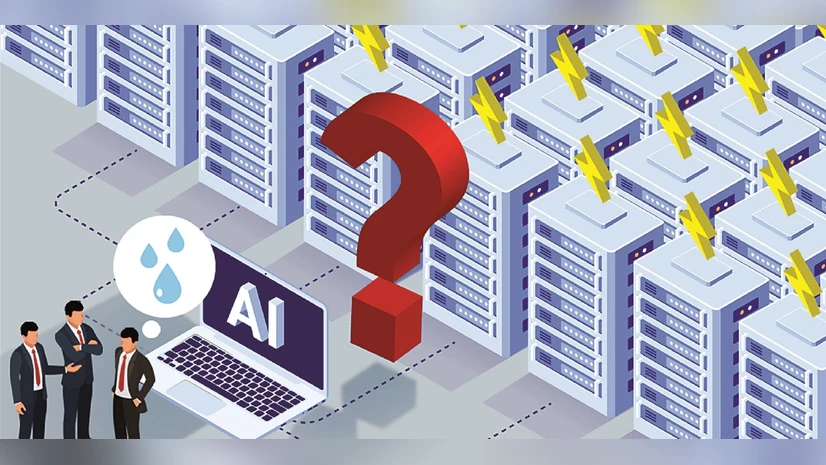As the global race to build artificial intelligence (AI) infrastructure accelerates, communities around the world are paying the price. When Microsoft opened a massive data center in central Mexico, nearby towns like Las Cenizas began facing more frequent power cuts and prolonged water shortages, disrupting schools, healthcare, and daily life. Residents like Dulce María Nicolás have considered relocating, while doctors such as Víctor Bárcenas struggle to treat patients amid blackouts.
These stories are not isolated. AI data center boom, led by Microsoft, Google, Amazon, and others, has expanded rapidly beyond the US, with nearly 60% of facilities now located abroad. Each site demands vast amounts of electricity and water to power and cool servers, worsening existing infrastructure strains. In Ireland, for example, data centers already consume over 20% of national electricity. Meanwhile in Chile, water reserves are under threat. Similar crises are emerging in South Africa, India, and Spain.
Environmental Strain and Global Resistance
Local communities and environmental activists are increasingly pushing back. In Ireland, protests and legal battles have delayed or halted projects, leading the government to limit new data centers near Dublin due to energy risks. Chile saw Google abandon plans for a major facility after public outcry over water usage, while the Netherlands suspended construction on similar grounds. In Spain, the environmental group Tu Nube Seca Mi Río (“Your Cloud Dries Up My River”) now coordinates with international activists to demand transparency and sustainability.
Despite growing backlash, governments often remain supportive of data center expansion. Countries like Mexico and Ireland continue offering tax breaks, cheap land, and regulatory leniency to attract investment, even as power grids falter. Querétaro, Mexico’s emerging tech hub, plans to quadruple energy use from data centers within five years. This is equivalent to the consumption of 1.25 million U.S. homes. Officials defend these strains as “the price of progress,” reflecting the tension between economic growth and environmental limits.
While tech companies insist they are reducing their ecological footprint by recycling water and generating clean energy, their projects often operate under non-disclosure agreements and through subsidiaries that obscure accountability. As Microsoft’s site in central Mexico continues to draw heavy criticism, residents insist that corporate promises of sustainability mean little when their homes are left without power and water.
In the end, the global expansion of AI infrastructure reveals a paradox: the smarter our technology becomes, the more fragile our basic resources appear to be.
Reference
MozurAdam, P., & Rodríguez, E. (2025, October 21). Fury mounts over global AI frenzy as data centres strain resources. Business Standard. https://www.business-standard.com/technology/tech-news/fury-mounts-over-global-ai-frenzy-as-data-centres-strain-resources-125102000809
